It’s not only more-or-less complete, but it’s in the driveway! I’m tweaking things and making some additions but after about 15 months from initial contact to finish we finally got to pick it up from Van Haus Conversions in Vancouver, WA in mid-September, amidst the smoke and fires across the western states.
This previously empty Ford Transit cargo van is now officially a nimble little 4×4 adventure campervan, (or disaster bug-out van, or zombie apocalypse survival unit) or… The New Traveling Cat Adventure Vehicle. It’s quite the change from the original Traveling Cat Adventure Vehicle which was a 25-ft Sprinter-based Class B RV from Leisure Travel Vans. We had a good time with the LTV Unity, but our two biggest wishes were to 1) have internal storage for our mountain bikes and 2) downsize to a smaller, more off-road-capable camper van, which would also allow us to park more easily in busy metro areas. We did take the Unity out on dirt roads a lot but we were often of course constrained on just how rugged the road could actually get with a vehicle of that size and length. Anyway, here it is – wishes made true — and it looks great:
The new campervan is built on a 2019 Ford Transit cargo van (Long Body, High Roof, 148″ wheelbase, non-extended, 19.5 feet long).
QuadVan in Portland, Oregon did the conversion to support 4×4 as well as upgrade the suspension, add a locking differential and protective skid plates, raise the low-hanging rear shock mounts and the overall body and add all terrain tires.
Van Haus Conversions did the build out to a campervan. (Here’s some pictures of the work in progress.) The design features a queen-sized raised-platform bed that creates a large “garage” space for bikes and gear underneath. The living area centers around the galley with a sink, refrigerator, double burner induction cooktop and a fold-out swiveling table between the two front swiveling seats and a small bench seat that hides a dry composting toilet.
I’ve set up a separate page (Transit Van Conversion – Tips and Details) where I’m documenting various build details and decisions, where to buy stuff and all the additional customizations I make along the way, like I did for our LTV Unity.
Click through for a full gallery of the completed build – I’ll continue to update the gallery as I make changes to the van:
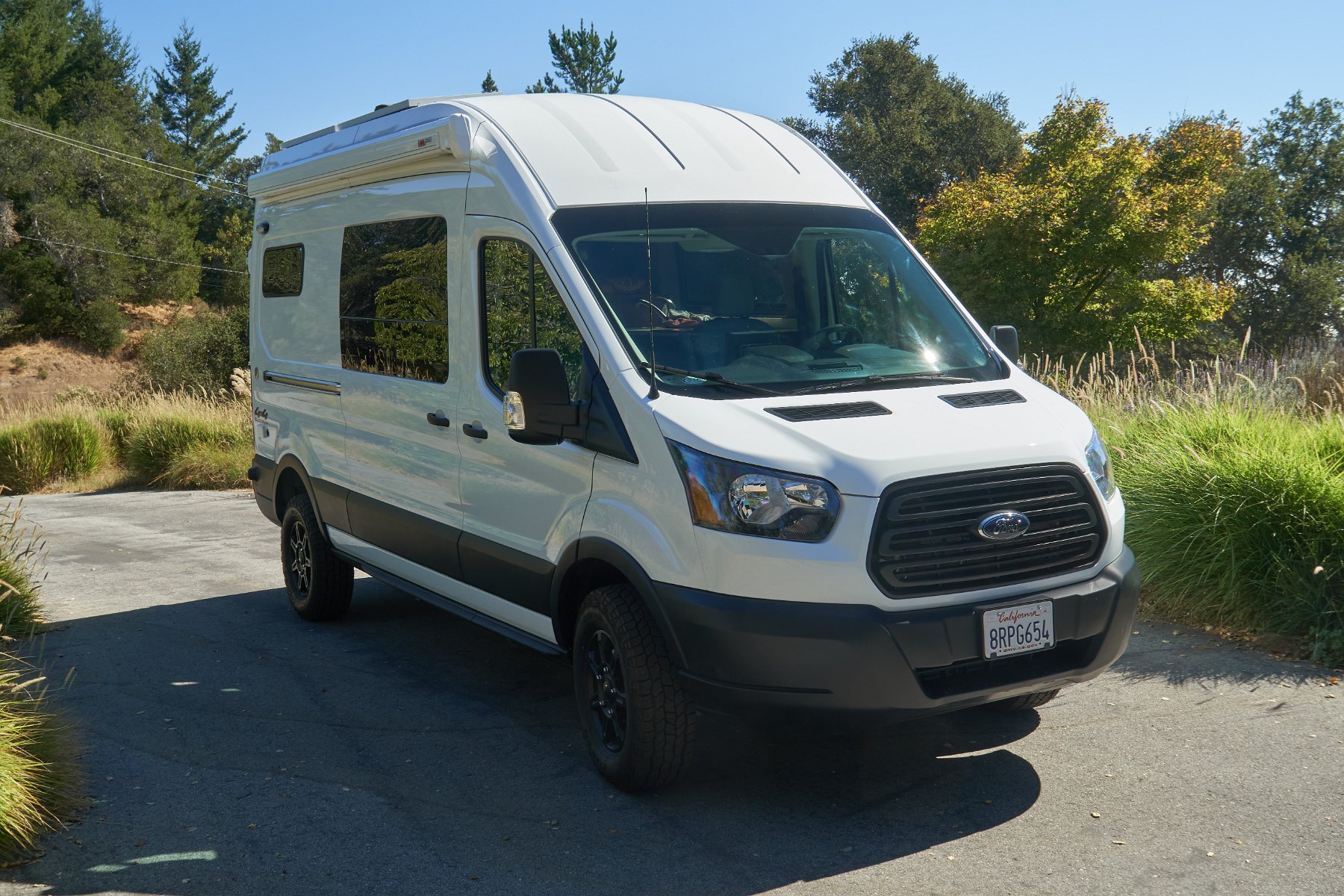
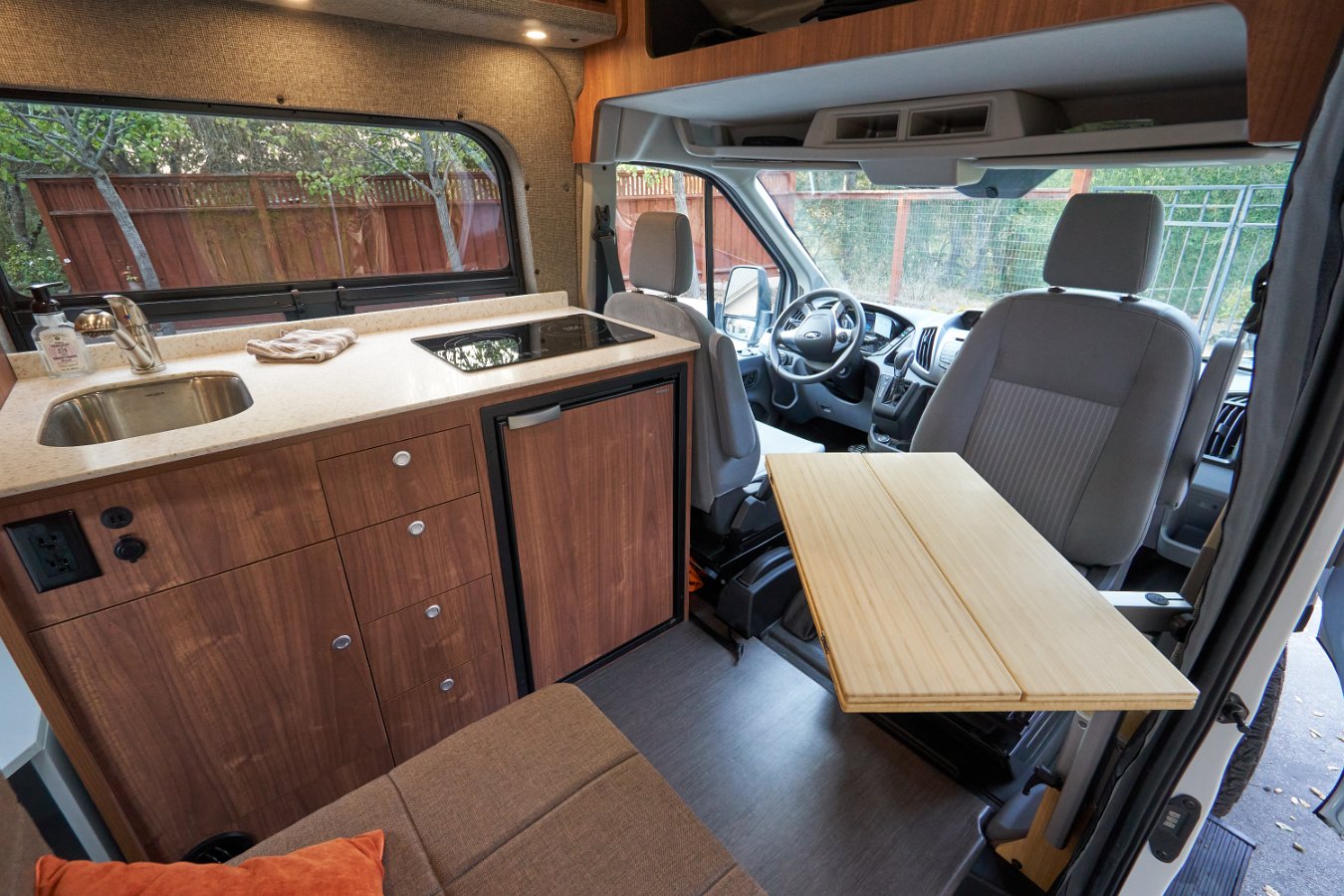
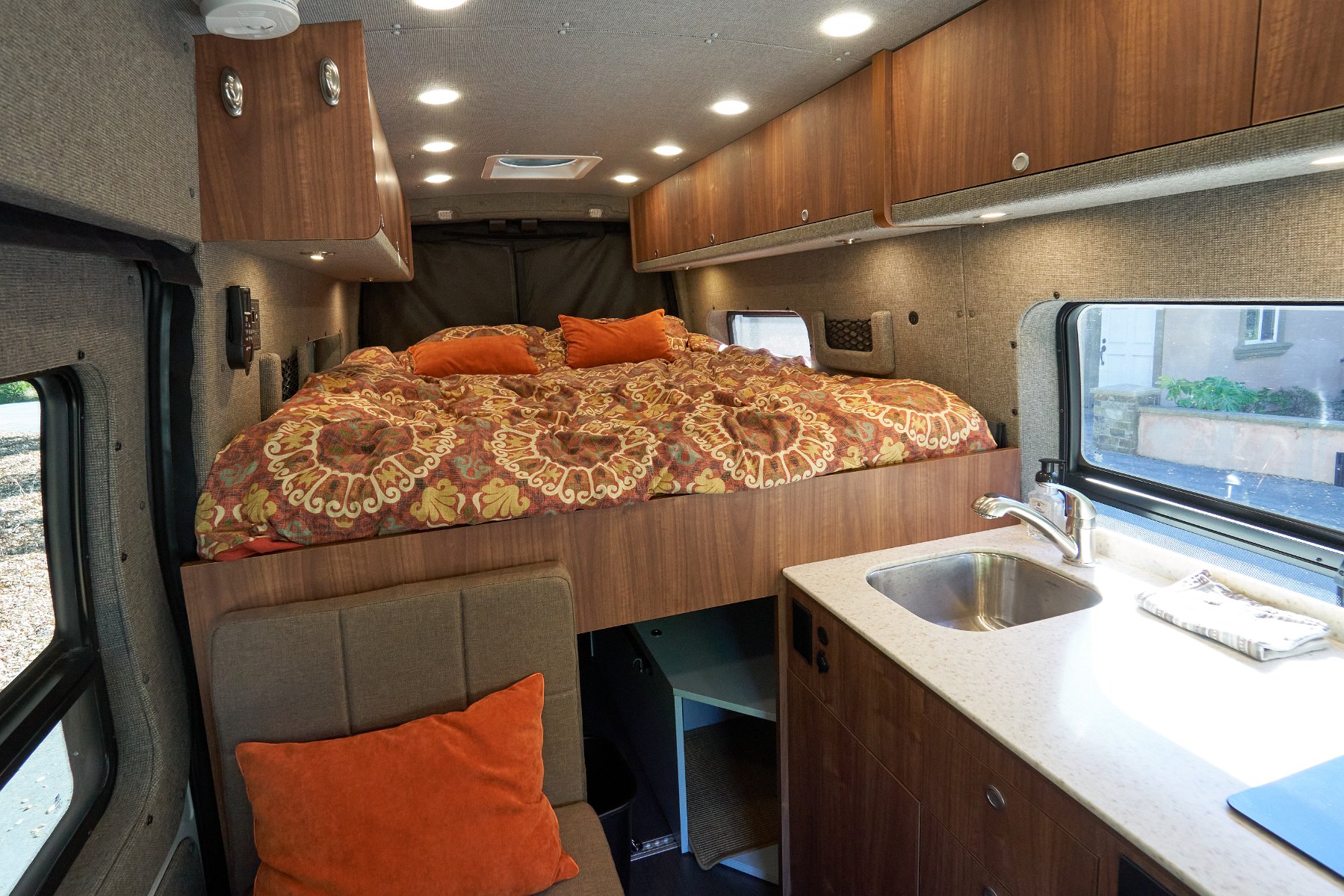
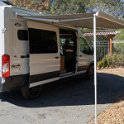
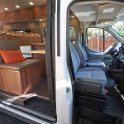
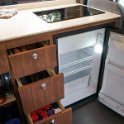

8 comments
I’ve been reading through this site with great interest. We are picking up a 2021 Unity TB in December and plan to travel for 2-3 months straight at a time, with a strong preference for dry/dispersed camping in remote areas, and bringing our cat with us.
I believe you had 250ah lead acid batteries and 600w solar in the Unity (after your upgrades), so with 400ah lithium and 500w+120w you should be much better equipped to dry camp than before. That said, you’ve also gone from a full bath with black tank to a small dry composting toilet. How do you think this will affect your potential dry camping duration in a single location, and do you have other concerns/remedies related to dry camping in this smaller unit?
Hi Nic, I actually upgraded to 240Ah lithium batteries in the Unity early on.
I’m expecting it to be just as easy to dry camp in a given location as before. The duration limit has always been water (or needing to empty the black or gray tanks) and now we’ll be using even less water than before with the dry composting toilet and won’t have a black tank to dump somewhere. The composting toilet contents can be transferred to a sealed bucket if we don’t have the opportunity to dump somewhere for a while.
Biggest sacrifice is probably not having a private shower inside but we do still have a shower nozzle out the back of the van. Of course showers were also the biggest water usage. If we’re at a campground or in a metro area, I figure we‘ll make more use of public showers and toilets.
I don’t think the downsizing is going to be troublesome as we were always spending most of the time out and about the Unity. Probably most notable will be having to share the standing space around the galley while cooking or cleaning up.
Hopefully we can head out in the new van in the next week or two! (Been busy prepping and making changes to the van since we picked it up and then dealing with new health issues and lots of vet visits for my two cats this month.)
If you don’t mind my asking, how long are you able (or expecting to be able) to dry camp at a time with this setup? We’re coming from tent camping, and have been using a bucket+bag toilet system (Luggable Loo). We’ve made that last quite a while, but by only putting solids in it.
I’ll be very interested to watch your journey. We were debating the various sizes of Winnebagos and similar Class Bs. I originally wanted something under 20′, but we couldn’t find anything where I could stand up fully without hitting my head on some light or AC or other thing (6’1″). We were both intrigued by the idea of the Winnebago Revel (4WD, off-road focus), since we currently use a 4WD Toyota Tacoma to do our dispersed, remote area camping, and some of our favorite spots are down some of our least favorite roads. We also briefly looked at a Storyteller Overland. The Beast Mode looks pretty amazing as well.
The big difference for us will be that we will be working remotely, using up electricity with laptops, hotspots, monitors, etc. It was for that reason (that we will be spending more time inside the rig than others might) that we wanted the larger space of the Unity. And also as a result, during the workweek we will need to be within signal, so we “can’t get too far off-road anyway.” Plus, the price tag is much higher on those rigs. That said, I’ve already started soaking up information about making the Unity more off-road and off-grid capable.
As an aside, I just saw that you reside in Santa Cruz, which is my hometown, and came through Portland to pickup the Transit, which is where I live now :)
The dry composting toilet is a C-Head and the maker suggests that it’ll hold 5-7 days of waste for two people. You then empty it into another container for disposal and refill it with fresh medium (like Aspen Pet Bedding). If need be, that other container could be something like a 5-gallon sealable bucket that you could collect the waste in for several weeks until you have a chance to dump it.
As for everything else, how long we can go dry camping depends on how much food we have on board and whether there’s a water source to refill from. (Electricity is of course endless w/solar.)
I actually ordered a 4×4 Winnebago Revel when they were first announced but, when it came, our fears of how poorly the available space was used were confirmed and we rejected it. And the bed was pretty cramped for me at 6’4″.
You shouldn’t have any trouble enjoying the Unity off-road and off-grid: we certainly were able to enjoy ours that way! As for getting signal, Verizon has much better coverage in remote and rural areas and you can set up a simple cellular booster with an externally mounted antenna. (See my RV Tips and Customizations page.)
I have enjoyed with interest your blogs. Thank you.
What Renogy solar panels did you install and how?
In your previous post you added some flexible panels with Eternabond tape.
Did that work out for you? Did you do the same on your Sprinter or did you go with rigid glass panels?
Thanks in advance, Steve
The Eternabond tape worked well and I used it again on my Sprinter-based Unity when I ended up having to replace the two factory-installed flexible panels last year. Sold the Unity this May though in anticipation of my smaller Transit van conversion.
With the Transit van, I wanted to do flexible panels again but my outfitter didn’t think that would work well because of the ridges/grooves on the Transit roof. So we went with the rigid panels they usually use: 100W Renogy 100D-SS-BC (42.2” x 19.6” x 1.38”, 14.3 lbs) and they’re attached with metal mounting brackets and covered over with sealant. I’ll have more of these details and decisions on all aspects of this van conversion when I put together that other web page. This post is just a gallery to share pictures of the new campervan with friends.
Thanks!
It looks great. The garage looks nice and big. Also, the lights on the awning are awesome and something I’ll want to make sure we have on our build list.
We can still do a facetime walkthrough if/when you want. By the way, looking smoky in Tahoe again. Hopefully it’ll clear for you guys.